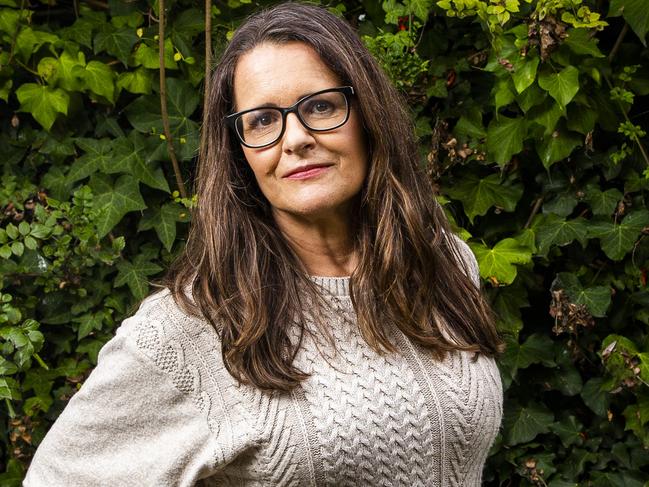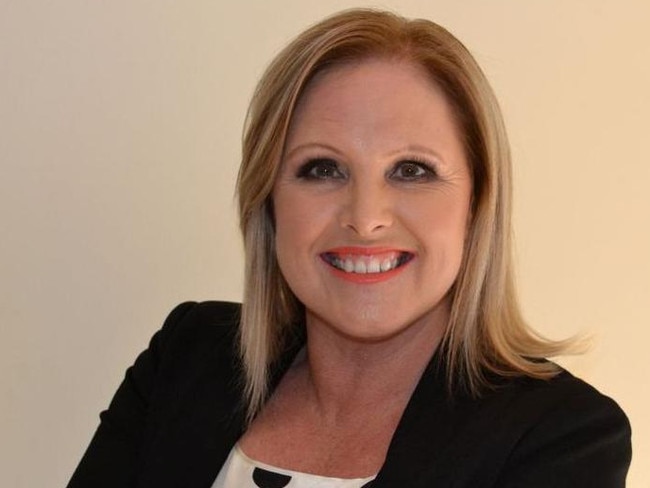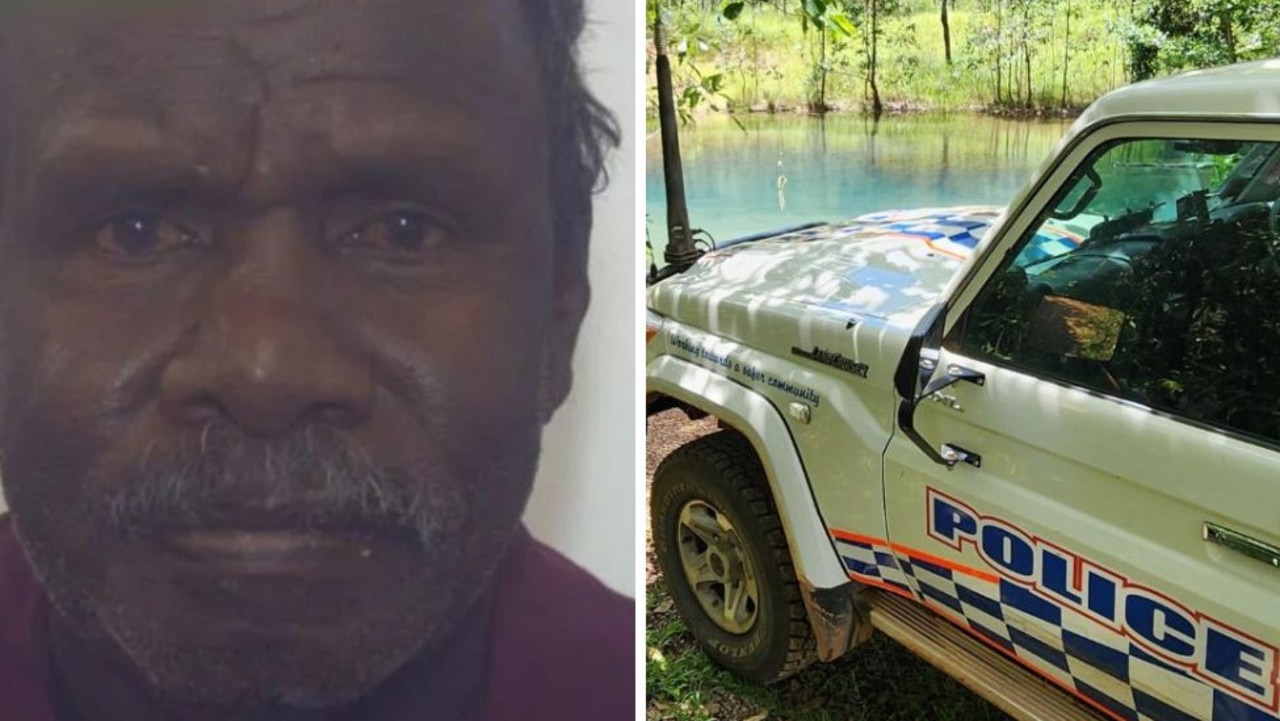Australian online porn scheme up for debate as eSafety Commission considers age verification system
An age verification system to protect children from graphic online content is back on the national agenda and could impact Aussie porn consumers.

National
Don't miss out on the headlines from National. Followed categories will be added to My News.
EXCLUSIVE
A scheme to prevent children being exposed to violent and extreme pornography will go up for discussion on Monday when the eSafety Commission calls for opinions about a national online age verification system.
The system could see all Australian internet users asked to verify their age before viewing adult material.
While similar systems overseas have proven controversial, with some dubbed “porn passports,” child safety advocates said the move was overdue and could prevent serious harm among children as young as six years old.

An online age verification system was recommended in the Protecting the Age of Innocence report issued in February 2020 following a parliamentary inquiry.
eSafety Commissioner Julie Inman Grant said the agency had been given up to 18 months to create a legal road map for the scheme, and wanted to educate the public about what it could achieve, while also consulting with child safety experts, academics, and the adult industry to ensure Australia’s model would work.
“What we want to do is bring the public along and make sure we have the right policy and the regulatory framework,” she said.
“Someone under the age of 18 can’t walk into a pornographic film but we’re still allowing that online. It’s about making what isn’t allowed offline also true in the online world.”
Ms Inman Grant said research showed Australian children were typically exposed to pornography at the age of 13 for boys and 16 for girls, or as young as six for those with older siblings.
In many cases, online porn had become “the default sex educator for young people,” she said, even though websites often featured violent and non-consensual acts, with most “aggression directed towards women”.

“We could really negatively impact the sexualisation of an entire generation if we don’t get control of this,” she said.
Similar schemes are currently being investigated overseas, in places including the European Union and Canada.
However, a system in the UK was abandoned in 2019 after questions arose about privacy, allowing age checks using credit cards, and selling “porn passes” in newsagencies.
Ms Inman Grant said she was hoping to avoid these issues with greater public education and by making sure “security and privacy is in place”.
“We’re not trying to prevent adults from accessing adult content that they’re allowed to see,” she said.
“Everybody, for the greater good, may have to go through a process once where they’re in a secure and private way providing a level of age verification that they are who they say they are and the age they say they are. We have to get that balance right.”

Collective Shout director Melinda Tankard Reist said she welcomed consultation on the scheme, as the risk a child would be exposed to harmful images had increased “during Covid lockdowns” and action on the issue was overdue.
“Australia shouldn’t be left behind,” Ms Tankard Reist said. “There are other countries moving on this now and refusing to let the a global industry come before the wellbeing of children.”

But Cyber Safety Solutions adviser Susan McLean warned no technical barrier would be failsafe, and parents should continue to supervise and educate their children.
“There’s a long way to go before this is workable and we need to make sure parents are aware that it’s not going to be a panacea,” she said.
“You have to be an active participant in your child’s online world.”
The eSafety Commission’s call for evidence on an age verification system, along with feedback on an expanded Restricted Access System for R-rated online content in Australia, will be open for submissions until September 10.
More Coverage
Originally published as Australian online porn scheme up for debate as eSafety Commission considers age verification system





